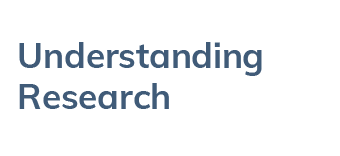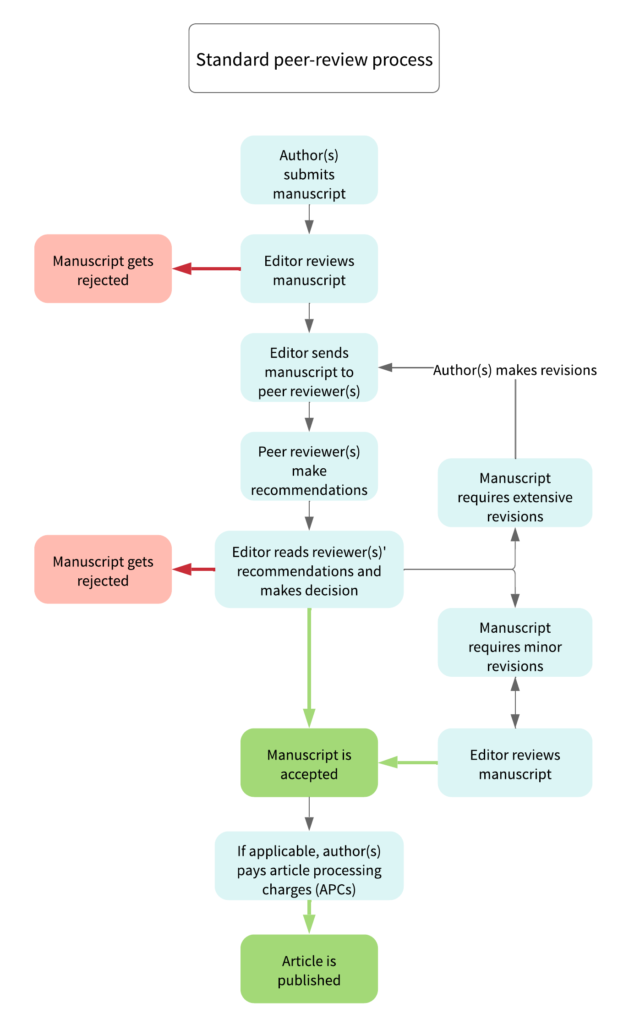What is knowledge translation
Knowledge translation (KT) is the step of sharing research findings. KT is a term used to describe the activities involved in “moving” knowledge developed through research to people and organizations who can use it in real-world settings.
“Knowledge translation is defined as a dynamic and iterative process that includes synthesis, dissemination, exchange and ethically-sound application of knowledge to improve the health of Canadians, provide more effective health services and products and strengthen the health care system.”
Knowledge translation strategies
Diffusion to the general public
- Presentation at conferences attended by potential knowledge users
- Publication of scientific articles in peer-reviewed journals, etc.
- Planning, performing and sustaining multiple outreach activities (for example on social media)
Dissemination to a targeted audience
- User guides for potential users
- Webinars (online seminars) to briefly describe a new tool and demonstrate its use
Implementation, sustainability and scaling-up
- Educational and promotional videos
- Practical training workshops
- Help line/chat and other resources
- Meetings with decision- and policy-makers
- Infographics
Scholarly publishing
Health decisions are important to all and should be based on reliable high-quality information. Patients, caregivers, healthcare professionals, researchers, and policy makers use research results to make decisions. These decisions may be about a research project, a medical treatment, or managing a health condition. Most often, research results are communicated by articles published in scholarly journals.
Scholarly peer reviewed journals
Researchers share their findings by publishing articles in scholarly peer-reviewed journals. Peer review refers to the practice of having experts in the field (other researchers knowledgeable about the topic) review a manuscript (an article before it is published) and provide feedback before it is published. The peer review process ensures an article meets the necessary rigour and quality for publication.
This quality control is essential because of how published articles are used:
- Researchers plan future studies based on existing research. In other words, they review published articles to understand what has been done and how their research can contribute to existing knowledge;
- Healthcare professionals and patients (including their caregivers and families) rely on published articles to tell them what works, what does not, or if there is not enough knowledge on a topic.
While peer review is a valuable practice, when done properly – it takes time. The experts reviewing the article do this outside of their everyday jobs and on a voluntary basis. In addition, depending on the feedback, the authors may have major revisions and additional work to do before final publication.
Scholarly journal publishing models
Subscription Model
For many years, the only way to access scholarly journal articles was by buying a subscription to the journal. University libraries usually pay for the subscription and make the journal available to students, university professors, and research staff. This subscription-based model is still the model used by many scholarly journals. However, in recent decades, another model, called open access, has gained attention.
Open Access Model
Open access journals are free to read for anyone from anywhere – no subscription or payment required. Because publishing still costs money, many open access journals ask the authors to pay a fee called an article processing charge (APC). APCs are meant to cover the costs of publishing their article. Typically, authors are asked to pay this fee only once their article is accepted for publication.
The type of journal publishing model (Subscription or Open Access) does not impact the quality of the articles – they still undergo formal peer review. That being said, there are journals that engage in unprofessional or unethical practices. These are called predatory journals.
Predatory Journals or Deceptive Publishers
Some journals may be deceptive and illegitimate. They are called predatory journals. It can be difficult to tell the difference between legitimate scholarly journals and predatory ones. Discernment is needed.
Key Definitions
Peer review
a process where researchers (called “peers” because they have the same expertise) evaluate the quality of other researchers’ work. Most scholarly journals use peer review to ensure that articles meet a certain standard of quality before publication.
Open access
a movement and a method making peer-reviewed scholarly research freely available online to anyone interested in reading it.
Open access journals
scholarly journals that offer a free and open online access to the published articles. Legitimate open access journals provide quality control and peer review, as expected of scholarly journals.
Article processing charge (APC)
a monetary charge paid by authors for publishing their article. The APC covers the administration and management cost of the peer review process, the professional production of the articles, and other publishing functions (source: https://www.mdpi.com/apc). Many legitimate open access journals charge an APC.
Preprint
a version of a research paper that has not yet been evaluated by other researchers (formal peer review). Because preprints can be available online for free, it is important to remember that they may contain errors and report information that has not yet been accepted or endorsed by the scientific community.
Retraction
when a published article in a scholarly journal is removed from the journal. Papers may be retracted because of issues, errors, or flaws in research methodology or reporting. A retraction of a scholarly article is the equivalent of a recalled consumer product.
Tell us what you think of this page
"*" indicates required fields





